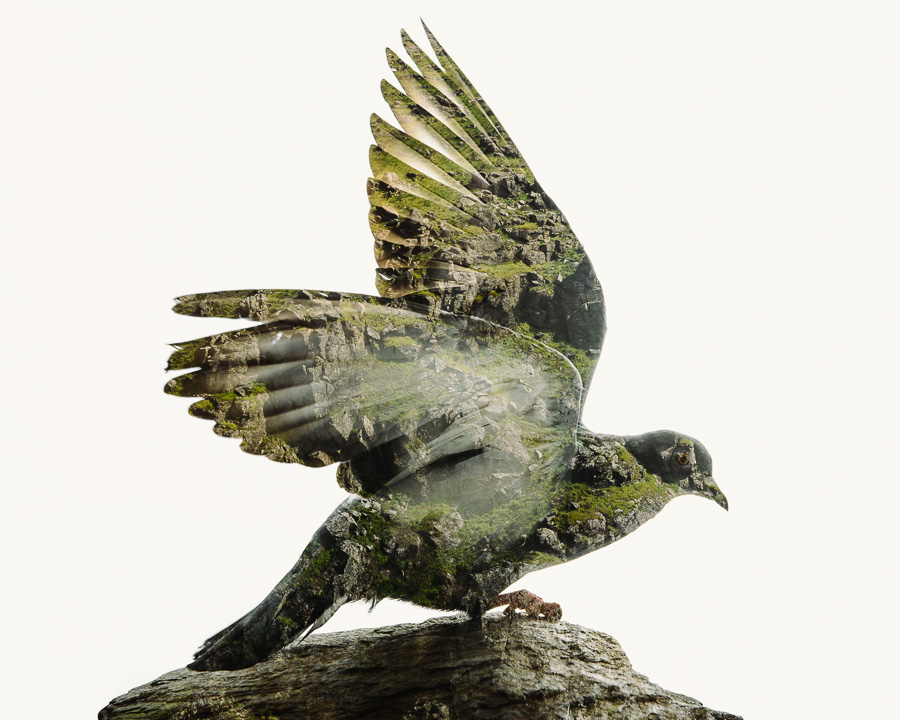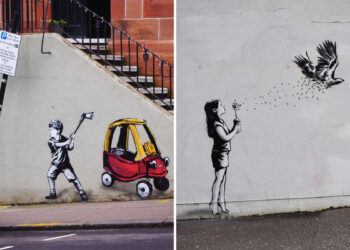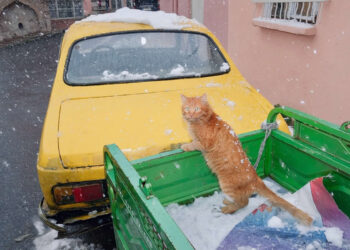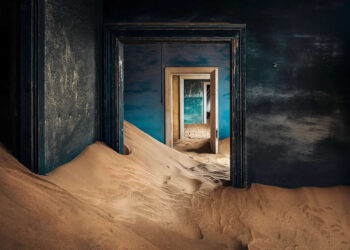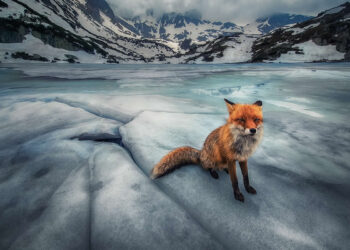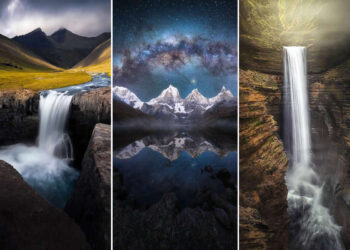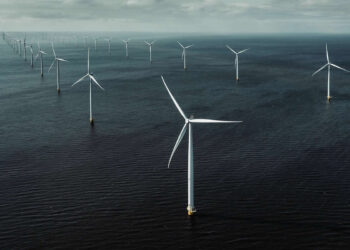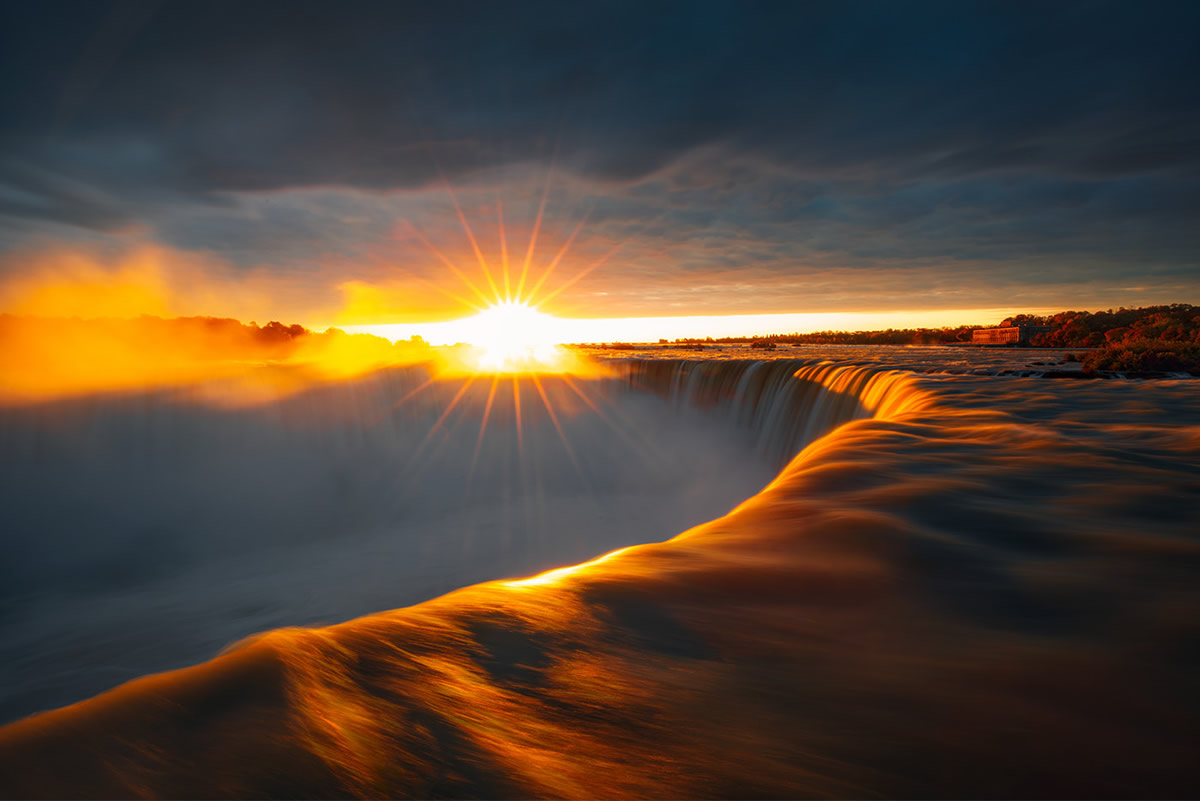Villages crumbling down, large extensions of wild abandoned land, old people getting older and no children to take their place. An entire region doomed to disappear—so might think the unknowing.
But the Miranda Plateau, a forgotten nook in Northeastern Portugal, is booming with life: it is biodiversity heaven and home to a rich culture, endangered but still alive, built on centuries of communities and nature coexisting harmoniously. Together, they’ve molded the landscape. Together, they are the landscape.
The Plateau, and all the life it bears, will not vanish into thin air. They are perpetuated on its mountains and fields, on the memories of those who still craft it, on the work projects that refuse to let it be forgotten. And the work that you are about to see will grant them a new, universal, nomad life. You are its first seedling.
-Teresa Nova, AEPGA
Technical note: As in my previous work I have intentionally multiple exposed this series of images in-camera Nikon D800E, without alteration/layering in an external software such as Photoshop. The reason why is simply because I enjoy this process—taking the creative challenge while actually out on the field.
In collaboration with non-profit organization AEPGA & Palombar.
Camera gear sponsored by Nikon.
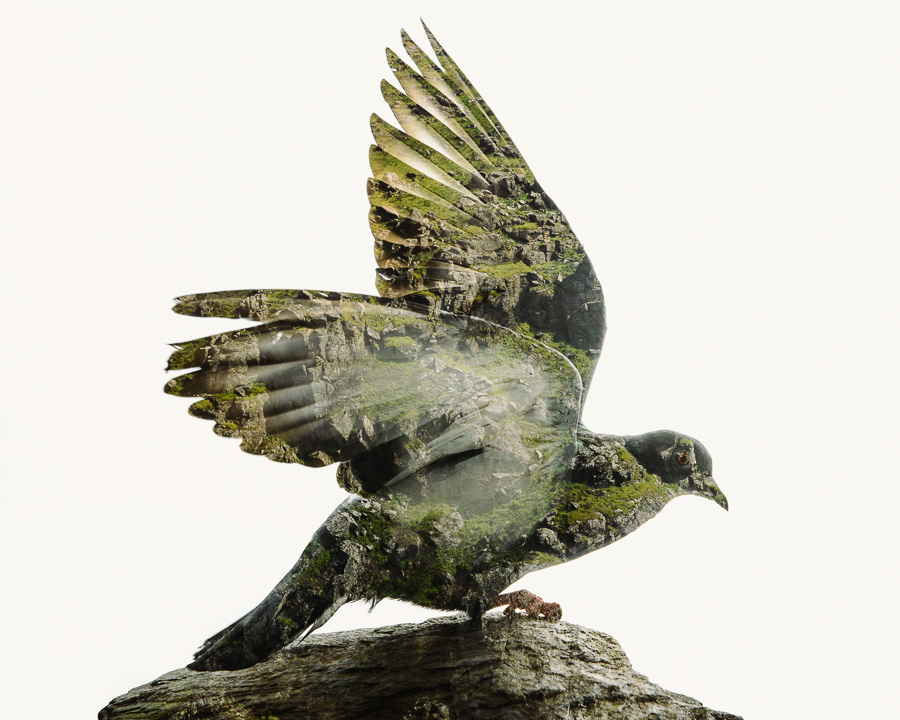
Rock Pigeon & Douro Cliffs II – Rock pigeons (Columba livia) breed close to Douro river’s cliffs and feed endangered eagle species.
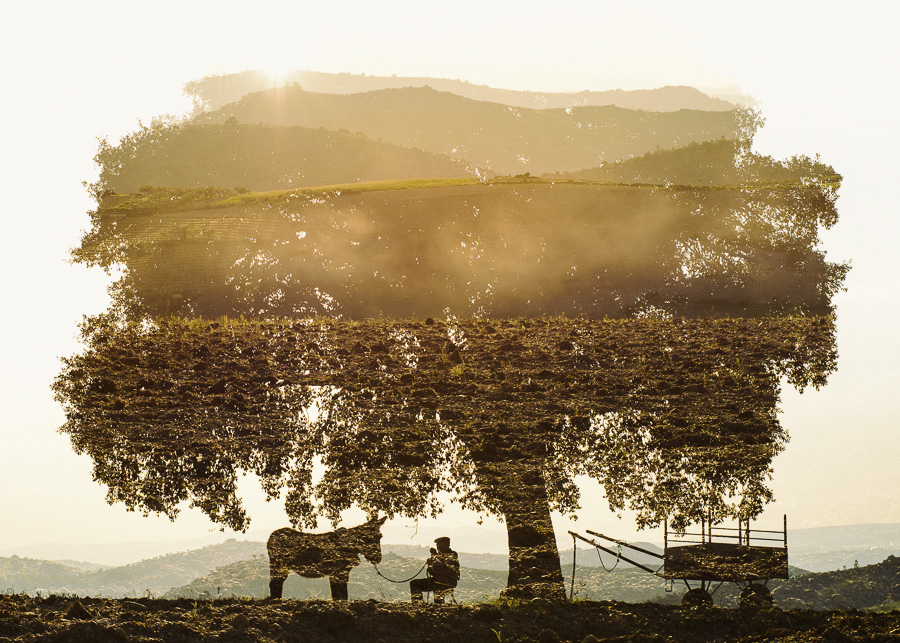
Miranda Donkey & Farmer Resting Under a Cork Tree – Donkeys and Men have shaped the Plateau’s landscape together, for centuries.
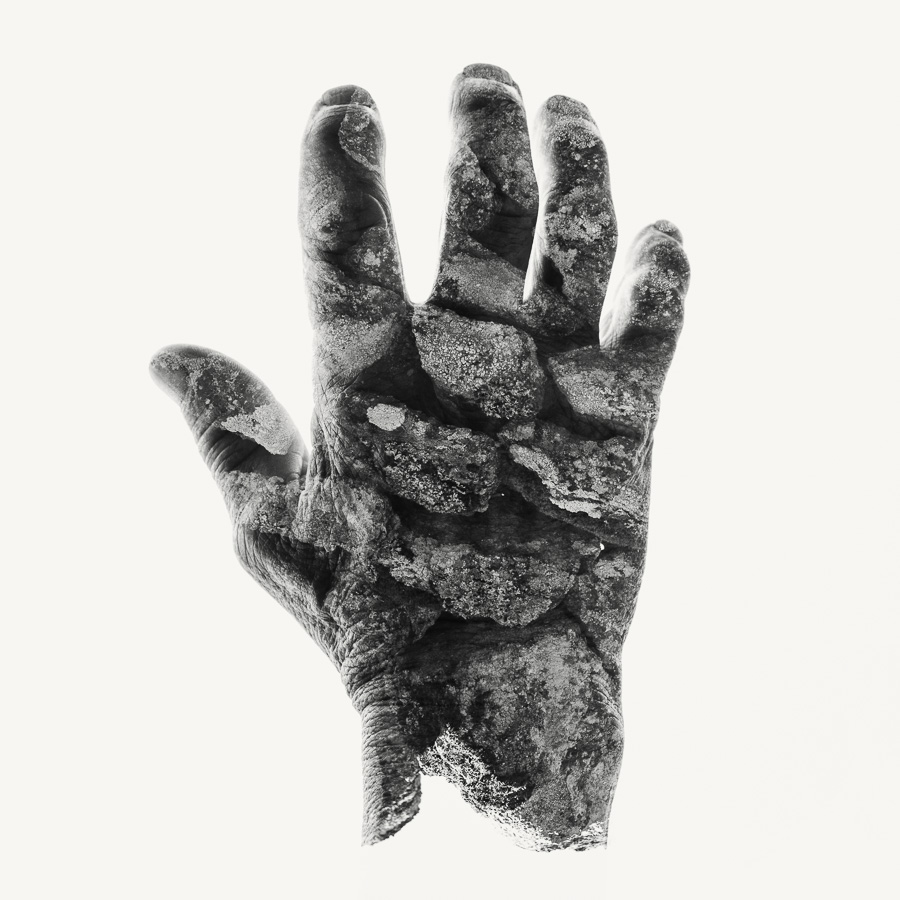
Hand-built world – An old, hard-working hand, moved by traditional knowledge, over one of the many stone walls it has built.
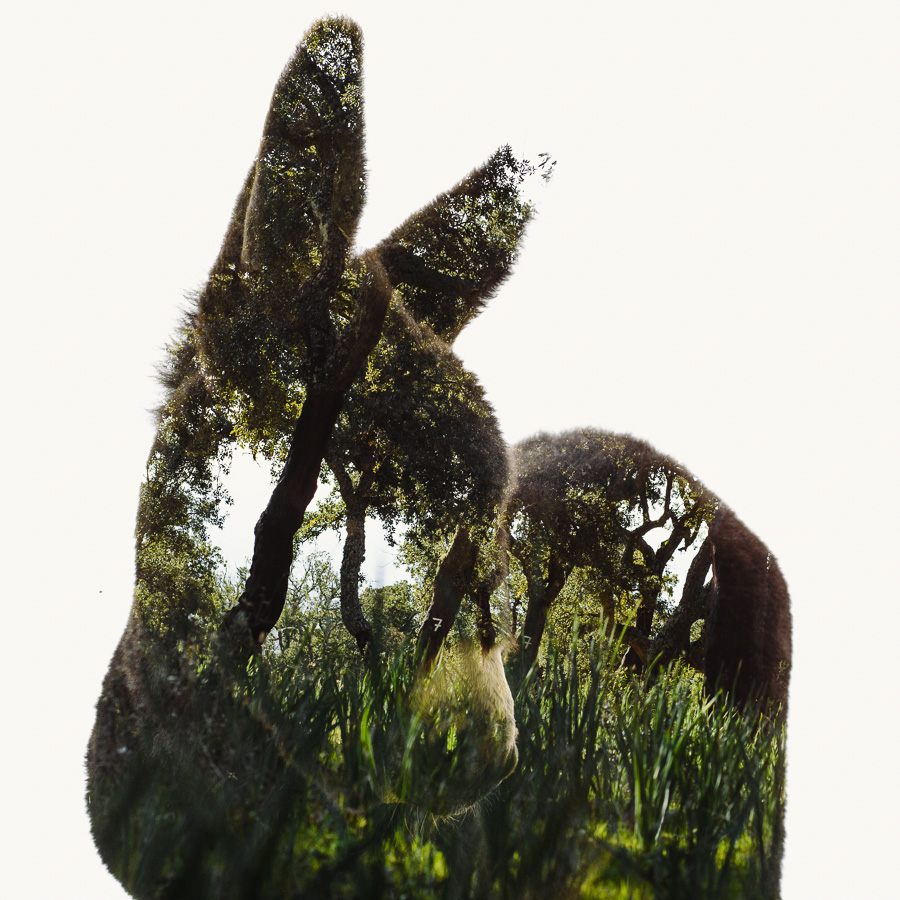
Miranda Donkey Foal & Cork Trees – The Miranda Donkey is an endangered native breed, and it is thus important to find new roles for it: maintaining healthy and clean forests through grazing is one of them.
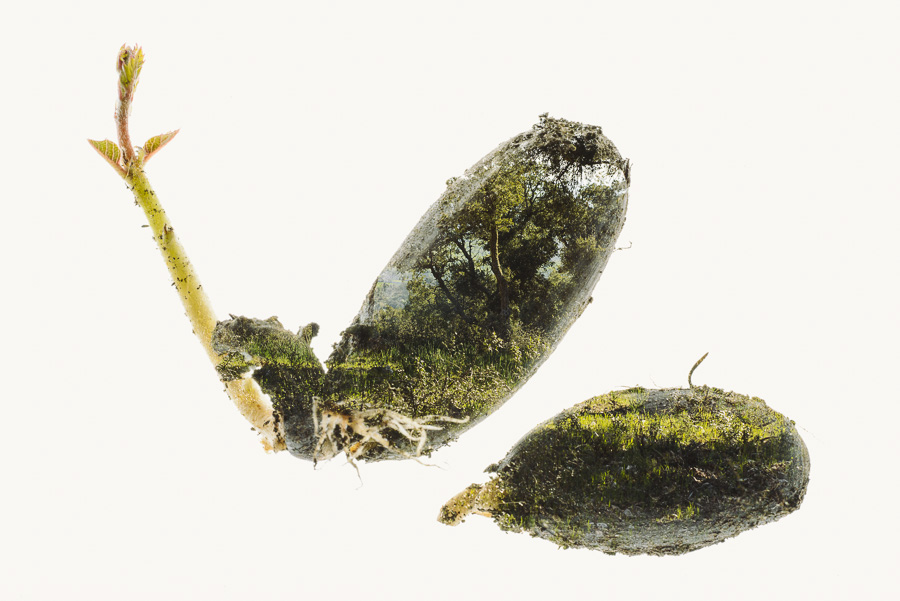
From Cork Seedling to Forest – From the early days to the adult life of a native species (Quercus suber) that, despite being essential at both ecological and economical levels, must fight to keep being planted.
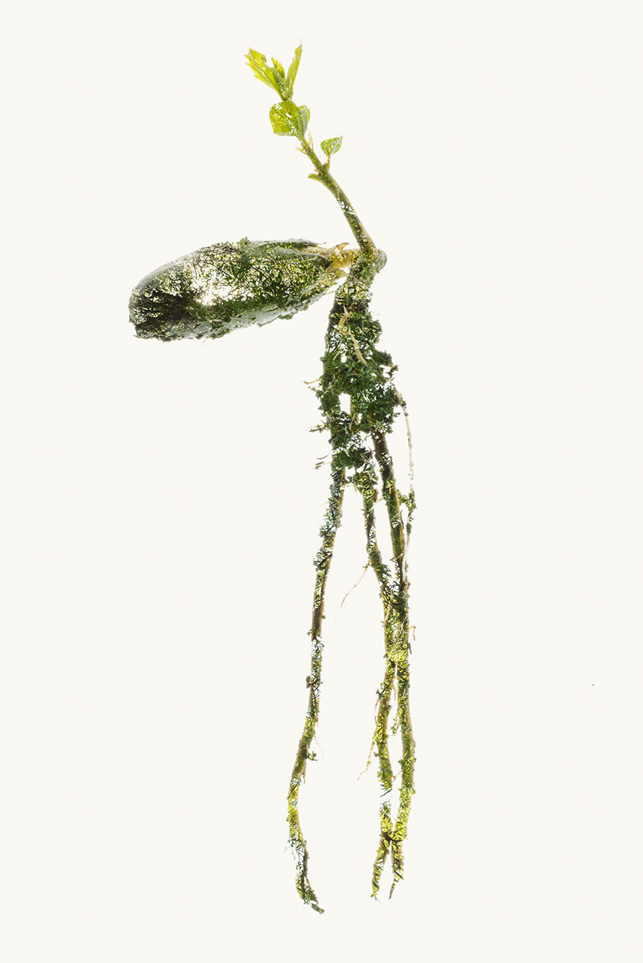
From Cork Seedling to Forest II – From the early days to the adult life of a native species (Quercus suber) that, despite being essential at both ecological and economical levels, must fight to keep being planted.
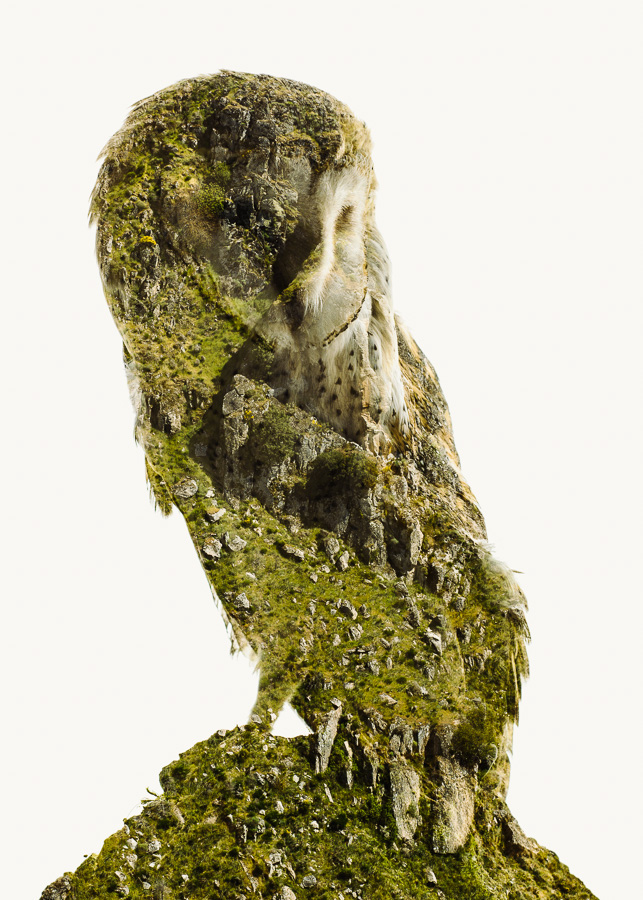
Soon to Fly Owl – A rescued Western Barn Owl (Tyto alba). This species plays a role in maintaining the pigeon house’s ecological balance, as it eats potentially harmful small mammals, such as mice.
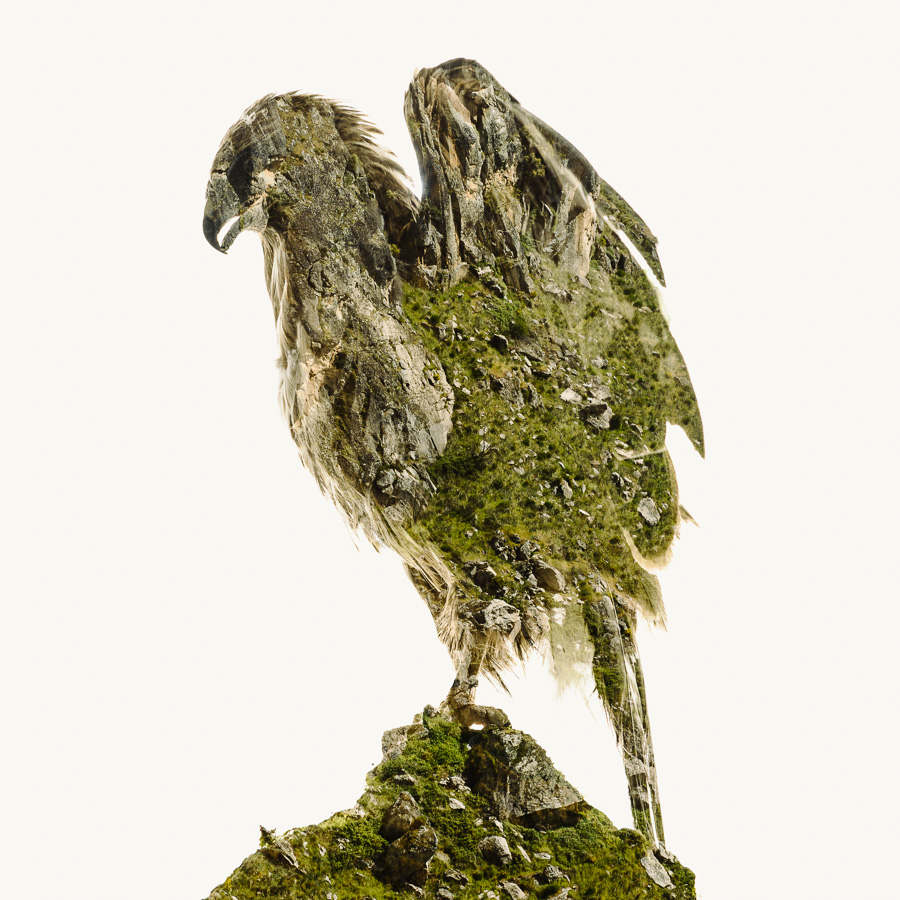
Soon to Fly Black Kite – A rescued, recovering Black Kite (Milvus migrans), a pigeon predator.
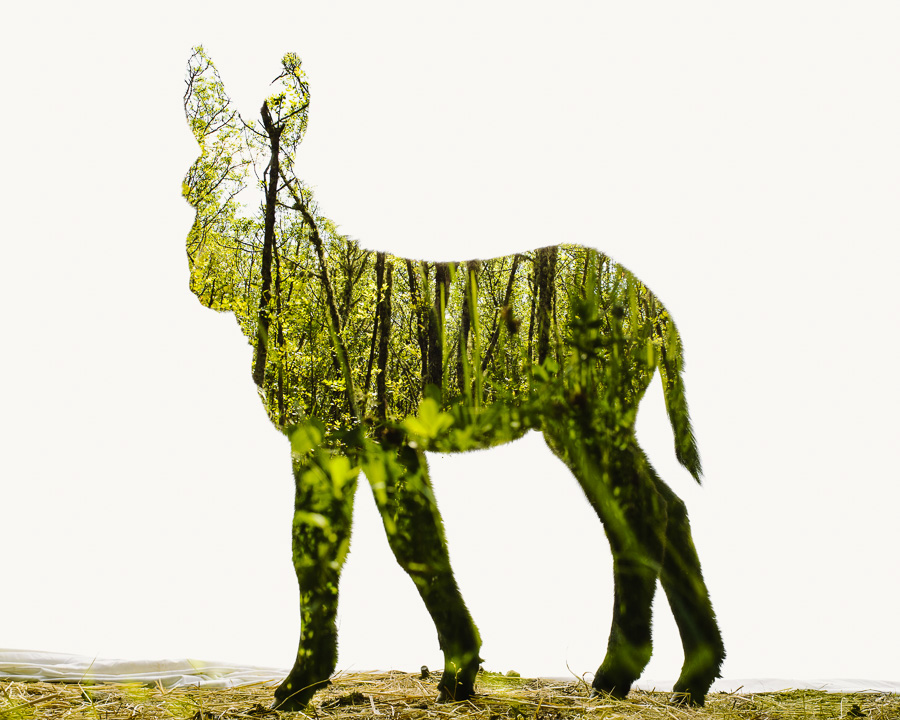
Miranda Donkey Foal & Ash Trees – Lameiros are very biodiverse traditional pastures, bordered by Ash trees (Fraxinus angustifolia), in which the Miranda Donkey frequently feeds. Their symbiosis contributes to avoid each other’s extinction.
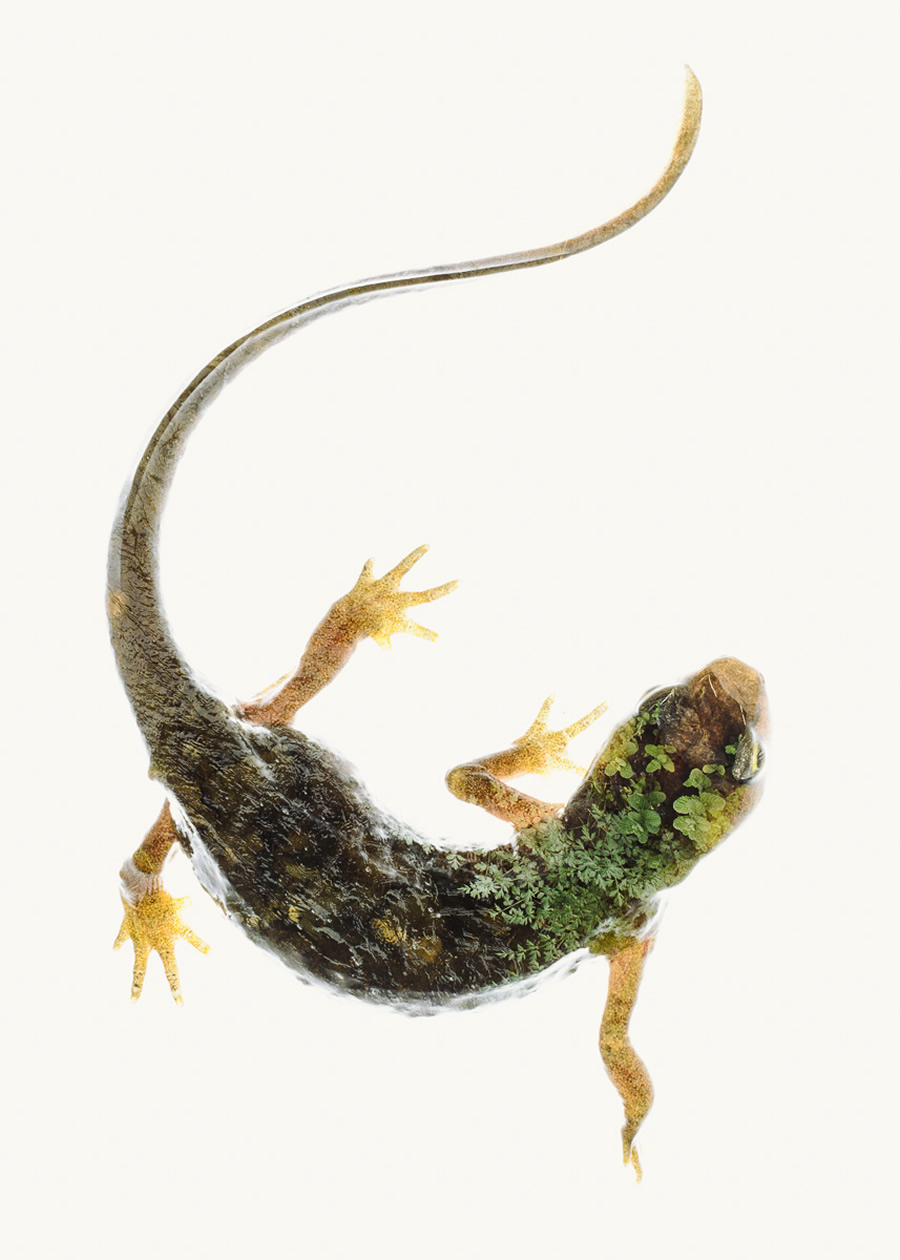
Bosca’s Newt & Pond II – A newt (Lissotriton boscai) jumbled with its habitat, necessarily fresh and clean, which makes this species an indicator of healthy, unpolluted environments.
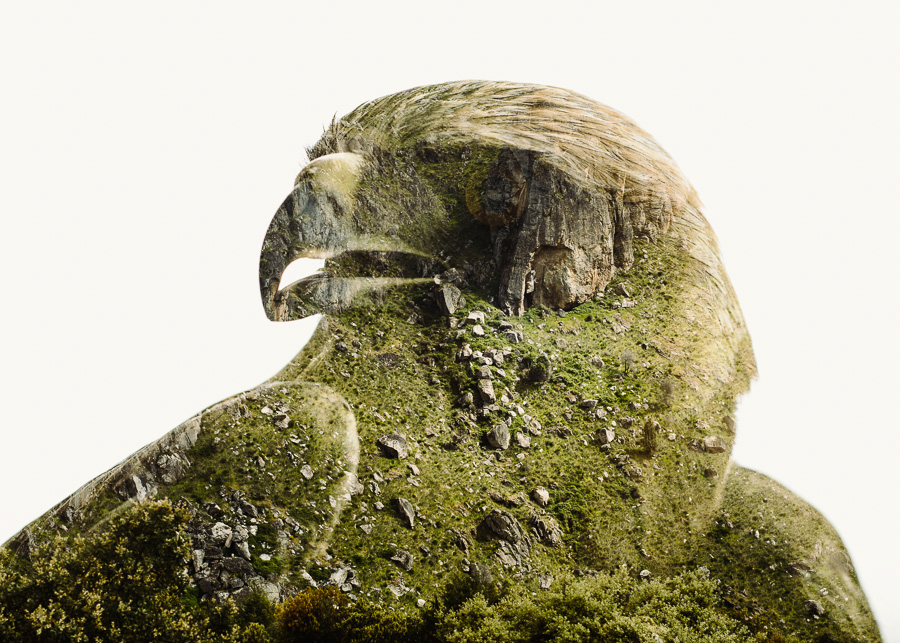
Black Kite & Douro Cliffs – A rescued, recovering Black Kite (Milvus migrans), one of the main pigeon predators.
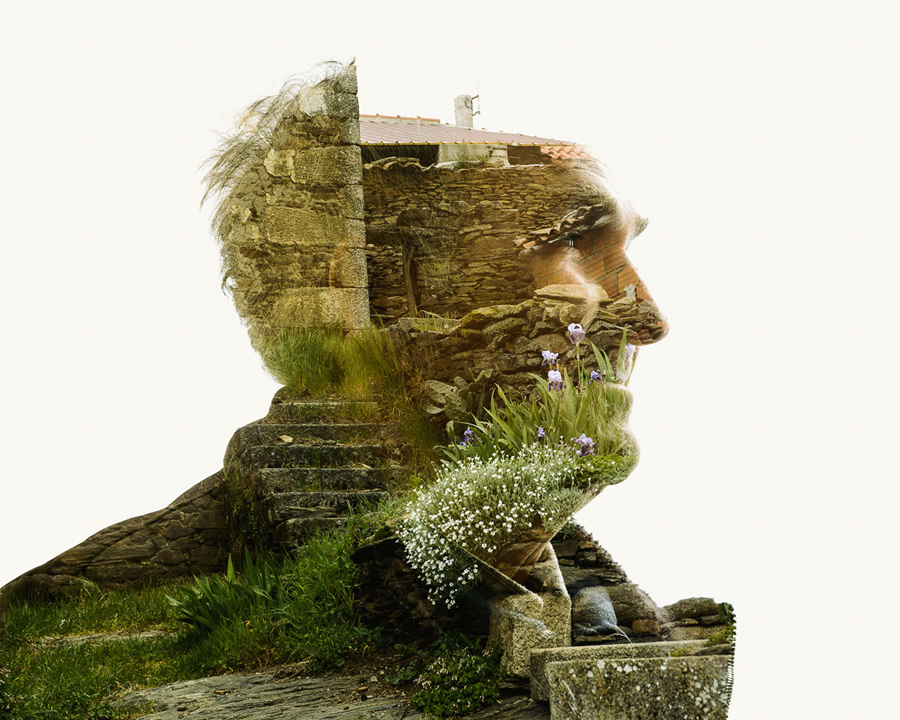
Villager & Village – People have been leaving their villages since the 1950s, in search for more modern lives. But a few resist, and Spring always comes.
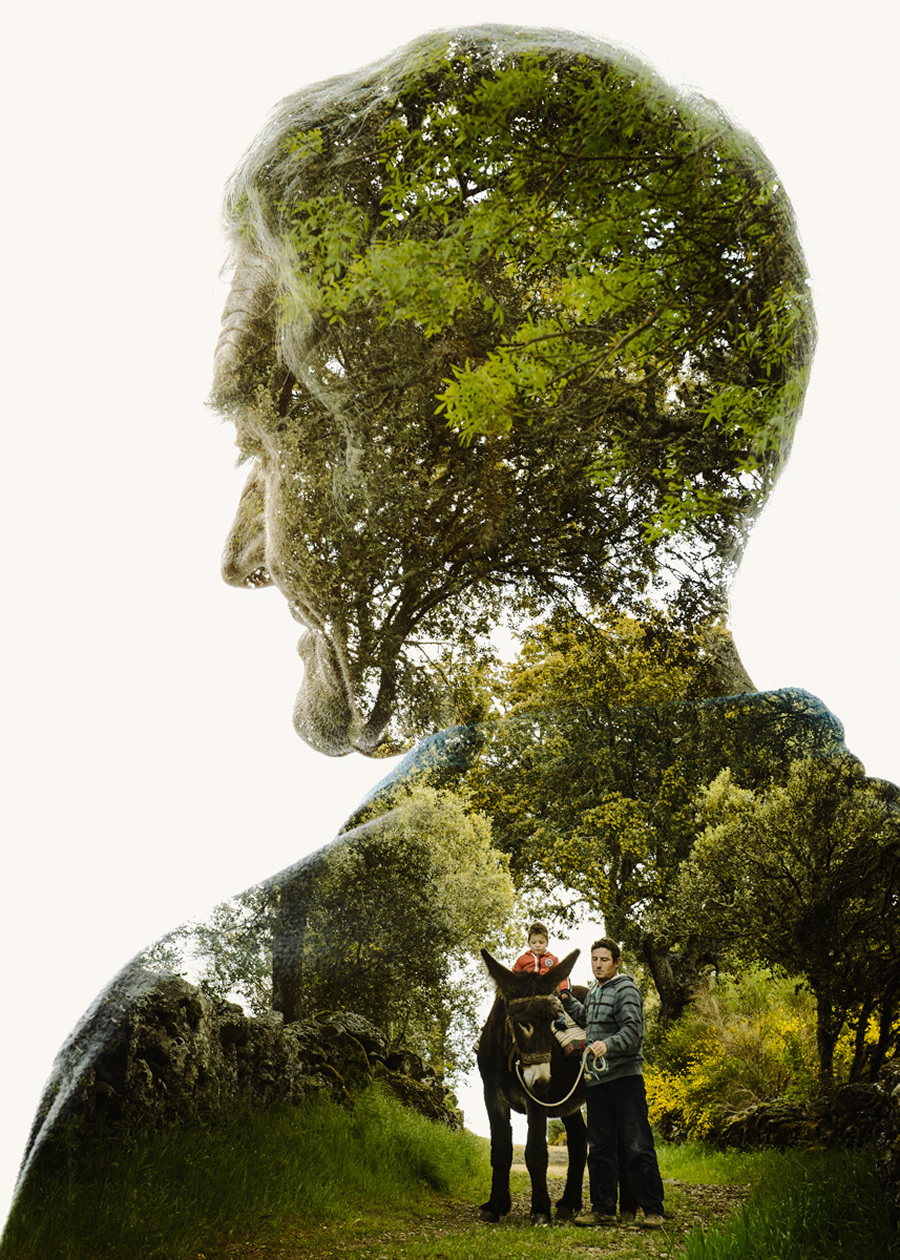
Miranda Donkey & Family Generations – The Miranda Donkey breed has been shaped by the local population for generations. It is now time for the youngest and the oldest to protect it, together.
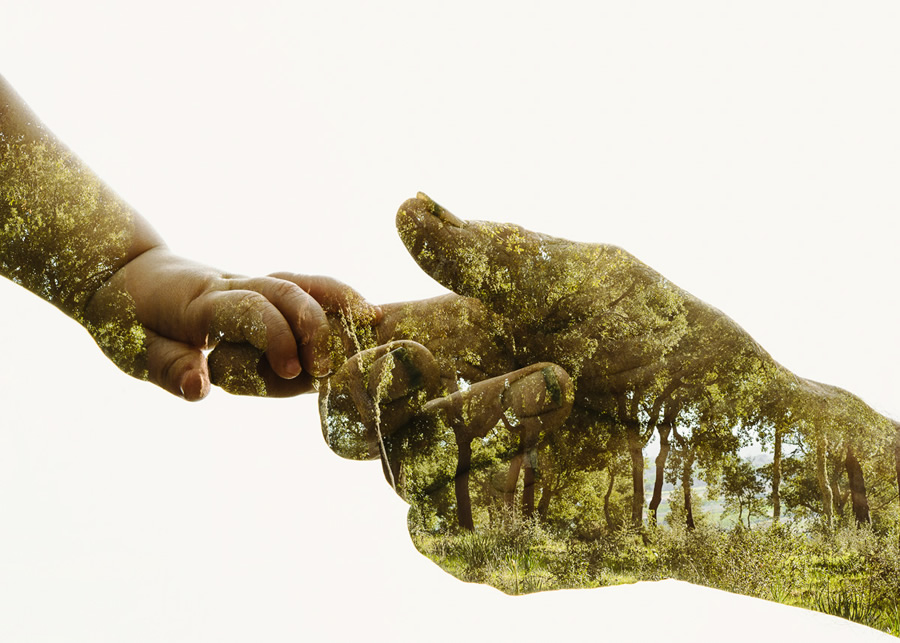
Grandfather, Grandchild & Cork Tree Forest – Traditionally, knowledge on the environment and its management passed down from generation to generation; today, that link must be revitalised.
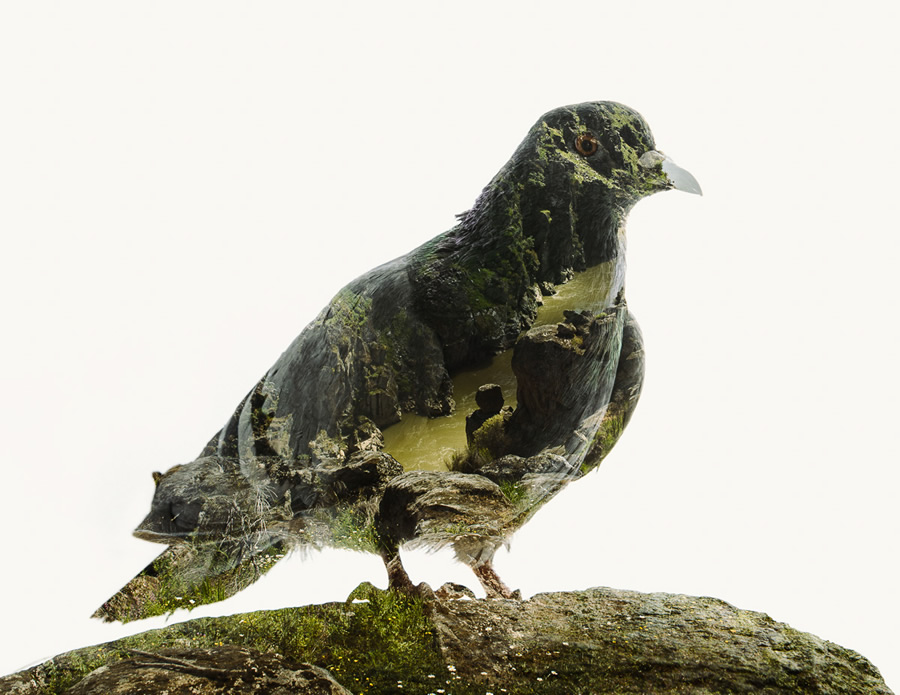
Rock Pigeon & Douro Cliffs – Rock pigeons (Columba livia) breed close to Douro river’s cliffs and feed endangered eagle species.
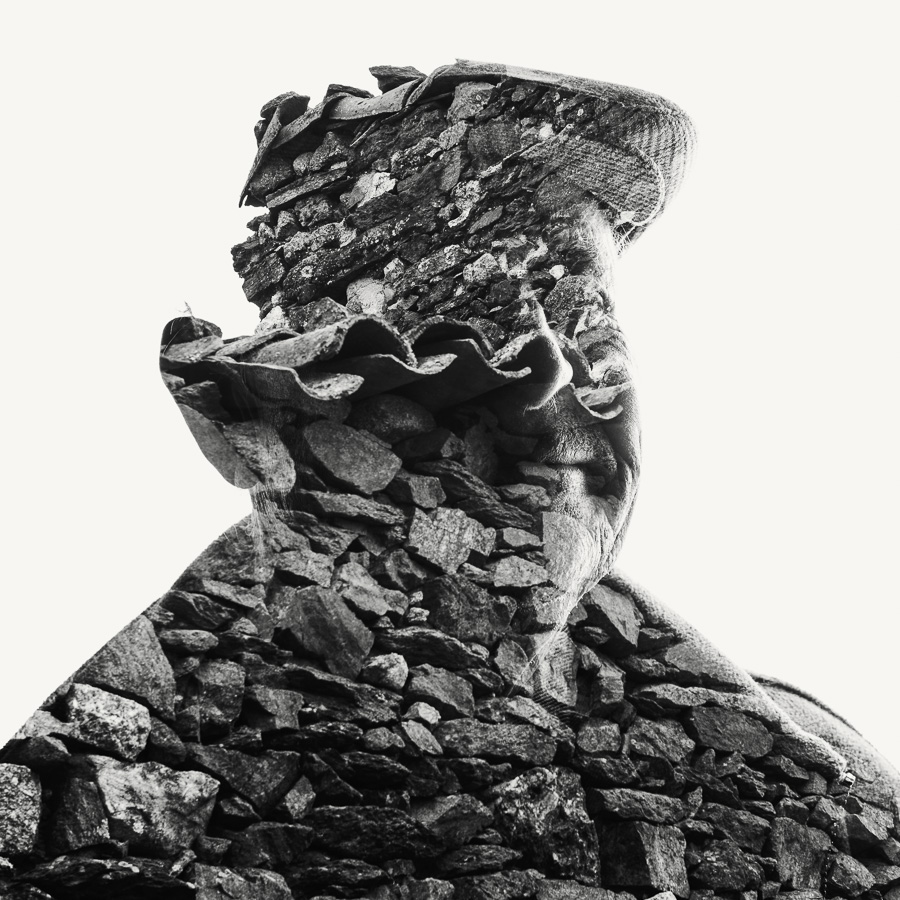
Stone House & Husband – As youth leaves to the cities, it’s mostly the older who bring life to the villages’ stone houses.
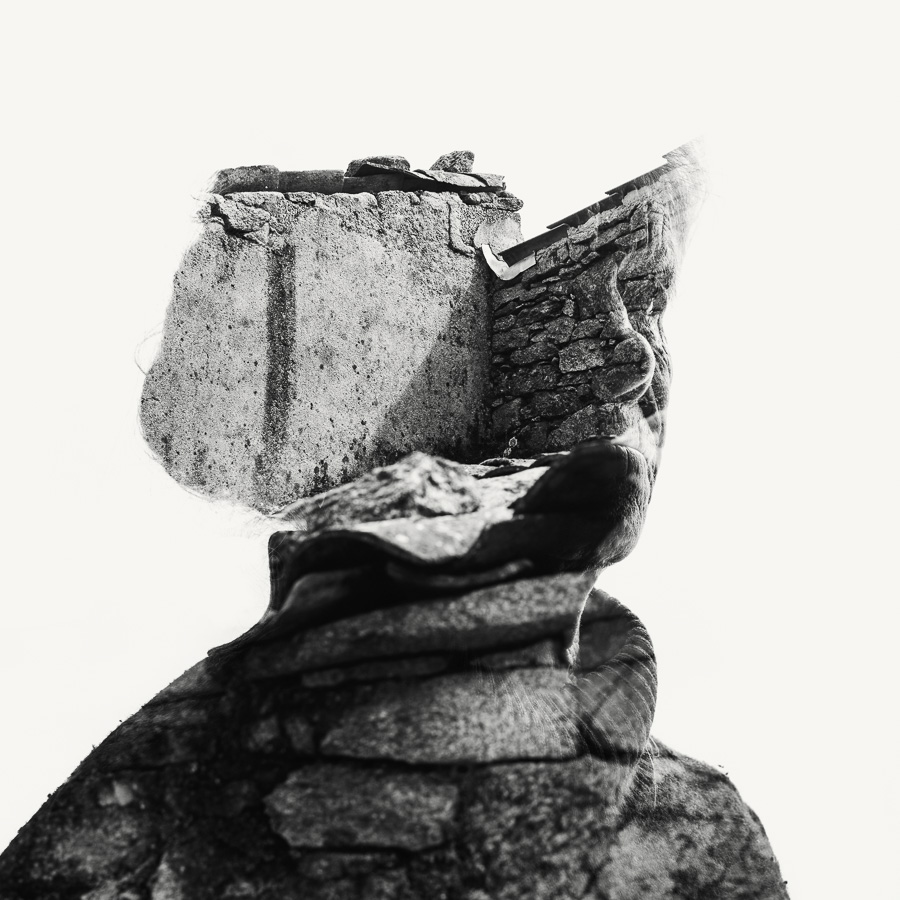
Stone House & Wife – As youth leaves to the cities, it’s mostly the older who bring life to the villages’ stone houses.
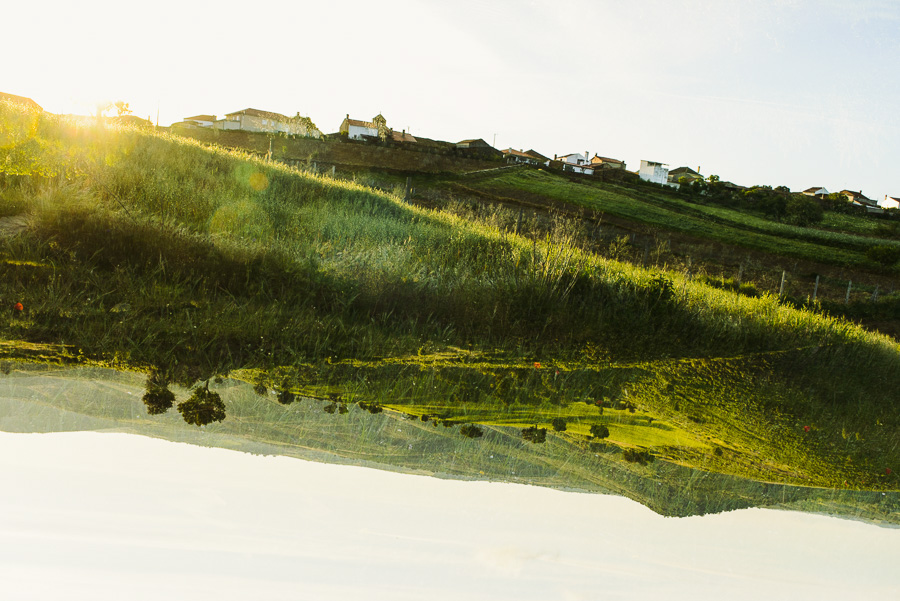
Heads and Tails: the Village and the Hill – Villages and hills – both ploughed and wild – are the two sides of the Plateau’s landscape.
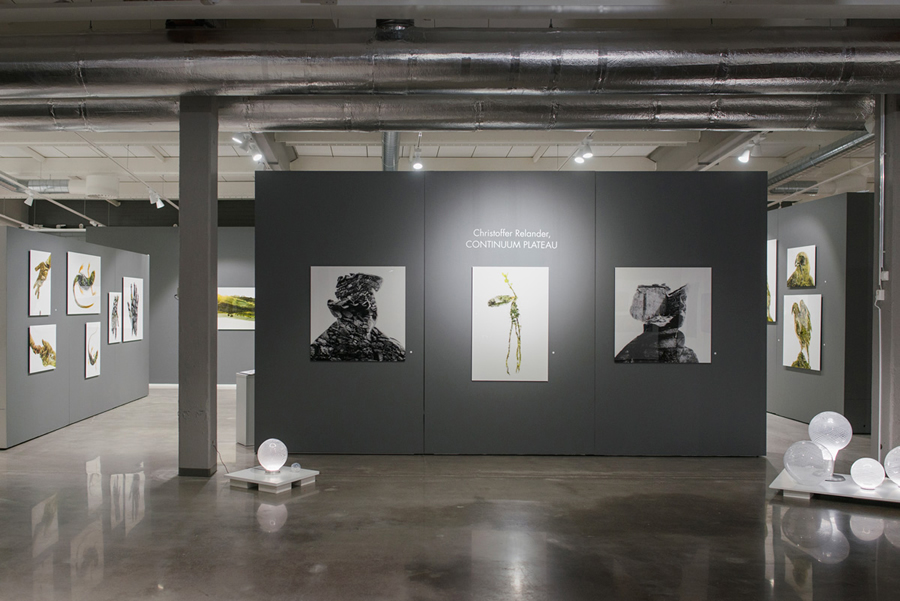
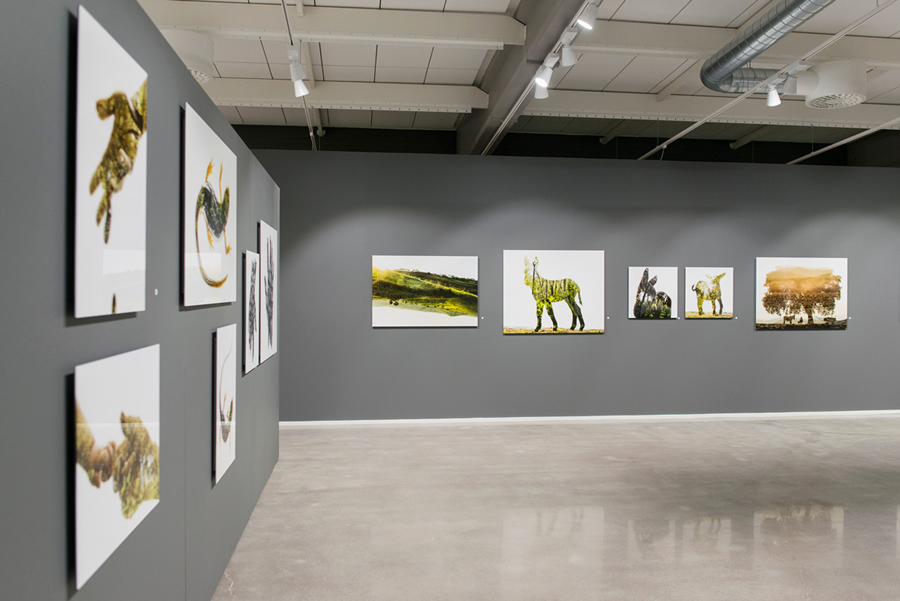
You can find Christoffer Relander on the Web:
Copyrights:
All the pictures in this post are copyrighted Christoffer Relander. Their reproduction, even in part, is forbidden without the explicit approval of the rightful owners.

